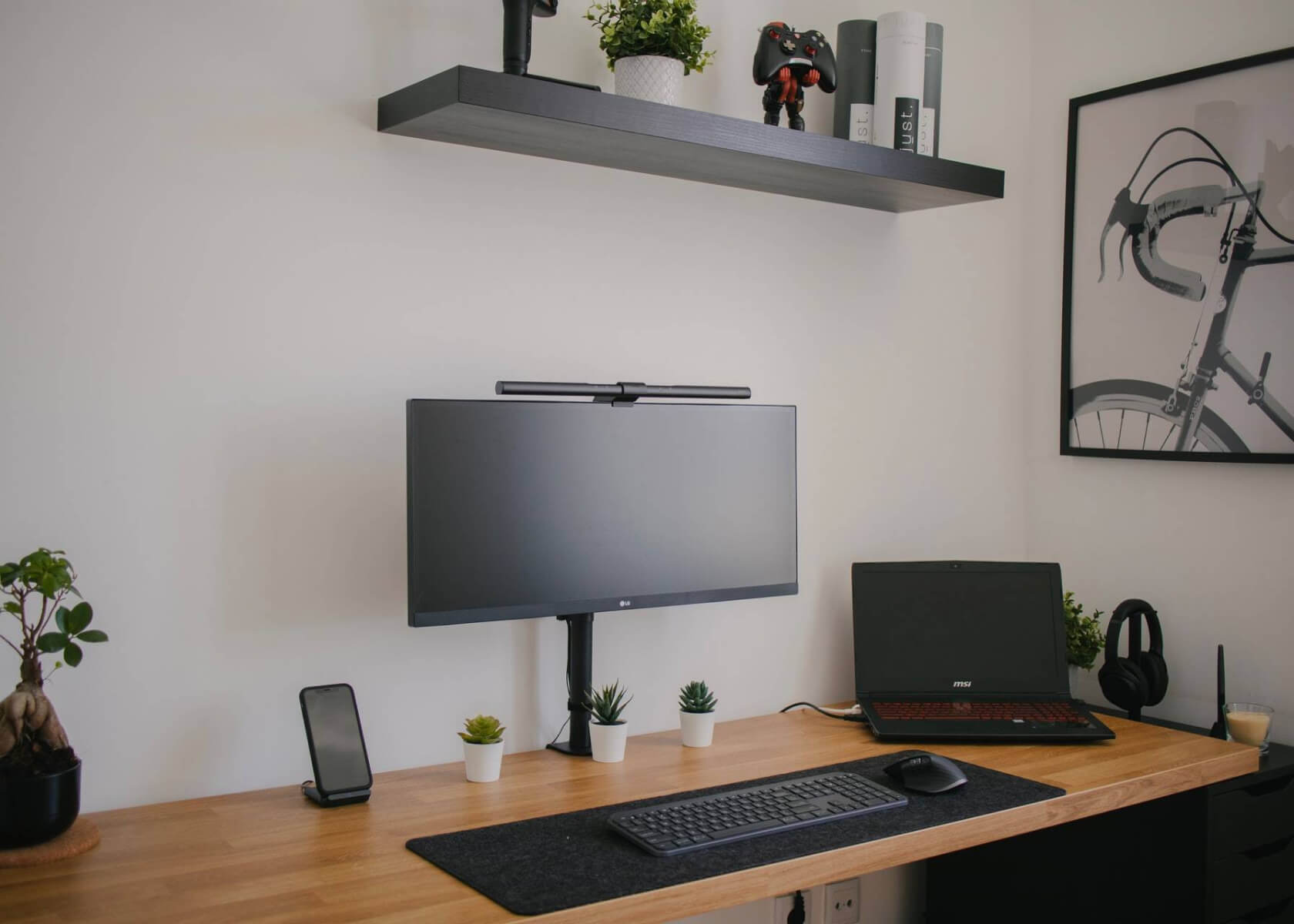Designing Structured Content: Creating Multi-Column Layouts in Notion

New to Notion?
How to Design Multi-column layouts within Notion for Structured Content Presentation
Notion is a powerful tool that allows users to create and organize information in a highly customizable way. One of its standout features is the ability to design multi-column layouts for presenting structured content. This approach is especially useful when creating organized and aesthetically pleasing documents, blogs, or databases.
Understanding Block Types in Notion
Before diving into multi-column layouts, it’s helpful to understand the various block types available in Notion. Blocks are the fundamental units of content, and each type serves a different purpose. Some commonly used block types include:
- Text Block – The most basic block for adding and formatting text, ideal for headings, paragraphs, or bullet points.
- Image Block – A block for inserting and displaying images within your page.
- Code Block – Perfect for showcasing code snippets or command lines using inline code references, like
Ctrl + A. - Table Block – Essential for organizing data in a structured way with customizable tables.
- Embed Block – Allows you to incorporate external content such as YouTube videos, Google Docs, or webpages.
Creating a Multi-Column Layout
While Notion does not offer a dedicated “column block” anymore, you can easily create a multi-column layout by taking advantage of its intuitive drag-and-drop functionality. Follow these steps to design your layout:
- Create a Block: Start by inserting the first block (text, image, or any other block type) at the desired location on your page.
- Drag and Drop to Form Columns: Hover over the block until you see the drag handle. Click and drag the block to the side of an adjacent block until a vertical blue line appears. Drop the block to create a side-by-side layout.
- Adjust Column Width: To modify the width of your columns, hover your mouse over the boundary between columns until a resizing cursor appears. Click and drag the boundary to adjust the width as needed.
- Reorder Columns: Rearranging your columns is simple—just drag and drop them to the desired position on your page.
- Merge or Separate Columns: If you decide to merge content back into a single column, simply drag blocks back into the main column. Conversely, keep dragging blocks out to form additional separate columns.
With these steps, you can effortlessly design multi-column layouts that offer a clean and structured presentation of your content.
Tips for Effective Multi-column Layouts
To optimize both readability and user experience, consider the following best practices:
- Consistency: Maintain a uniform layout throughout your page or document by using the same column widths, font styles, and spacing.
- Hierarchy: Use headings and subheadings strategically to establish a clear hierarchy and guide users through your content.
- Whitespace: Ensure that there is enough whitespace between columns and blocks to improve readability and reduce visual clutter.
- Responsive Design: Remember that multi-column layouts can appear differently on various devices. Test your layout on different screen sizes to verify that it remains functional and visually appealing.
- Alignment: Utilize Notion's alignment options to ensure that blocks and columns are neatly organized, contributing to a cohesive design.
By following these tips, you can create multi-column layouts in Notion that are not only functional but also visually appealing. For more design inspiration and a deeper dive into Notion’s capabilities, check out this guide on Visually appealing layouts.
Conclusion
Notion’s flexible design capabilities empower you to create structured and visually appealing content using multi-column layouts. By understanding the various block types and leveraging the drag-and-drop method for arranging content, you can effortlessly build dynamic pages. Keep in mind the importance of readability, consistency, and proper alignment to enhance the overall presentation of your information. Use these tips to make your documents, blogs, or databases both effective and aesthetically pleasing.


